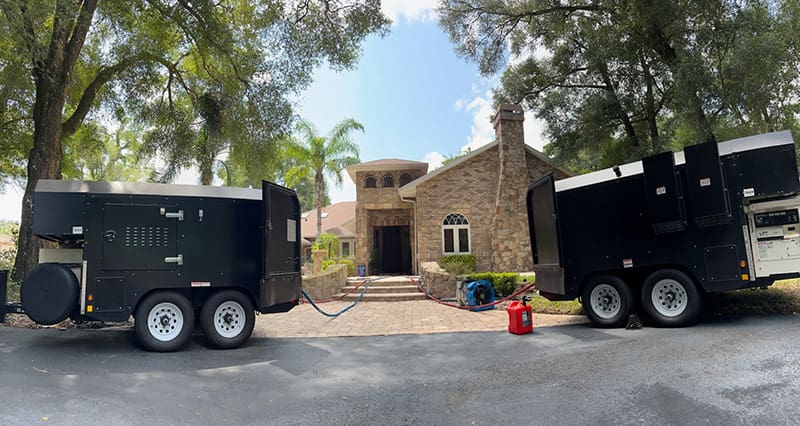Having a bed bug problem is never nice, but it can be resolved with a professional treatment plan. If you want to make sure your bed bugs stay away, though, you need a solution that lasts. Some forms of bed bug treatment can produce short-term results.
Due to their lack of property-wide impact or their ability to kill off the wider infestation, though, bed bug numbers can soon return in menacing volume.
Three main forms of treatment exist today. The most common is chemical treatment. While once seen as the best option for bed bug extermination, chemicals lack the same impact they once did. A combination of bed bugs becoming more resistant to the chemicals used and the fact chemicals are only sprayed on a certain area makes it impractical for larger infestations.
Chemicals, too, cannot pierce eggshells. This means any bed bugs that are still to emerge from their shells will survive, meaning the problem starts anew.
Electric heat treatment is another common choice, though it lacks the power needed to eradicate bed bugs in large numbers. Electric heat takes too long to reach the temperatures needed to kill bed bugs—anything over 130F, which most electric heat systems fail to reach. This means that the bed bugs can get out of the property before the required temperature is reached.
The most efficient form of bed bug treatment is heat treatment, like our Heat Assault solution. This quickly reaches temperatures of 140F if required, which can be more than enough to kill even the sturdiest of bed bugs in Florida. Since this system reaches the needed temperatures rapidly, bed bugs have nowhere near enough time to realize the danger they face, and thus, full-scale wipeout takes place. This allows for property-wide treatment in one single visit as opposed to many return trips.
If you have a bed bug problem in Florida, you want a heat treatment specialist who can apply the solution as needed. At BBE, we provide our bed bug heat treatment across Florida for any bed bug problem. Whether the infestation has just started or the numbers reach the hundreds or even thousands, we can provide a solution that is guaranteed to work. Contact us to discuss our heat treatment for bed bugs in Florida and see how we can provide you with long-term peace of mind!







